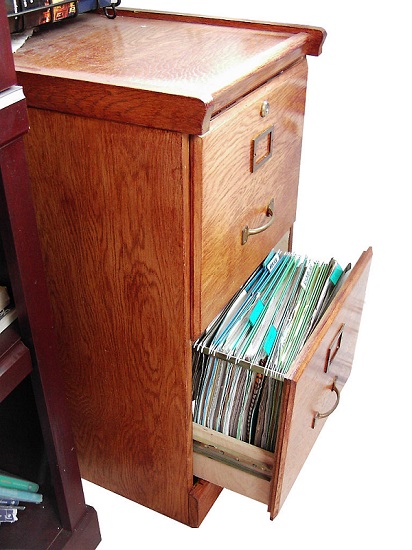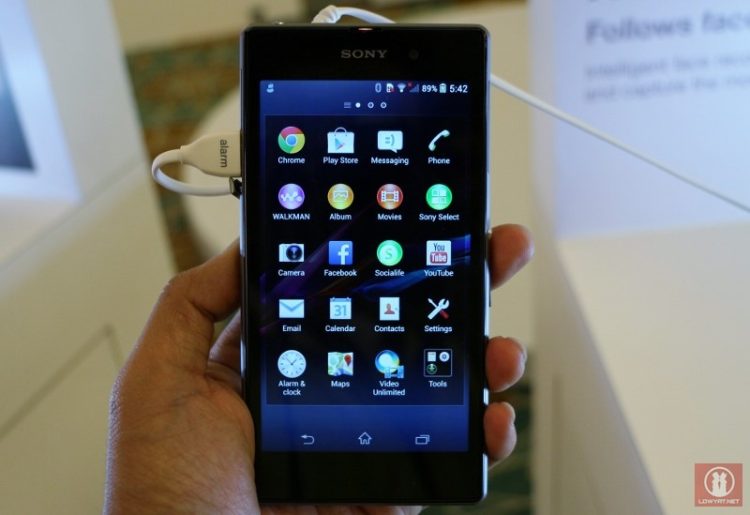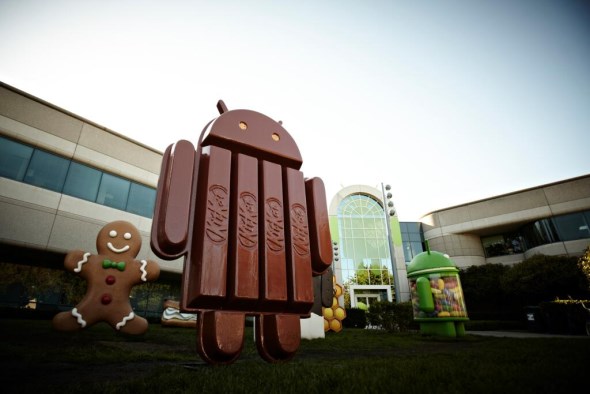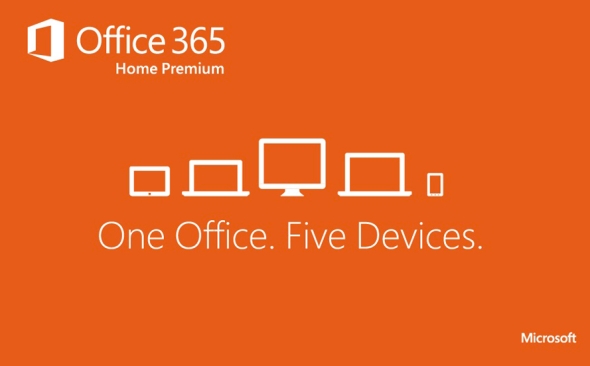We’re coming up to another cavalcade of smartphones and tablets releases aimed at preparing humanity for that lucrative holiday sales period. Inevitably, there will be more than a few apps that come with these manufacturer customised devices. Most of which will end up being either forgotten or duplicating an existing function. I’ve decided to come up with a helpful list of apps that would be a better way to spend all that development money.
1) Word Processor
This is not about taking notes, this is about reviewing documents and actual work. Samsung actually has a decent app in their S Note, but it doesn’t work with MS Word documents. It doesn’t sound like much, but it’s very useful to be able to edit documents while running around. Actually, it would be more useful to even be able to read those documents in the first place. Windows Phone’s integration with Microsoft Office is one of the selling points of the whole OS.
Speaking of which, a pdf reader would be nice too; with some support for ebooks. It shouldn’t be too hard for manufacturers to partner with some publishers to set up a virtual bookstore. Think Amazon’s Kindle. Promotes reading, makes things more convenient, and provides a little extra income too.
2) Media player
Android comes with a stock media player. It’s alright, but not great. There are also plenty of media player apps in the Google Play Store. But here’s the thing, many smartphone manufacturers also make TVs. If anyone knows how to get video to appear properly on their displays it would be them. Sony is already loading their Xperia Z Ultra with Bravia technology, so at least someone is getting the idea. Like the eBook reader, this app could also be monetised by including video streaming services. As long as it doesn’t get in the way of us watching our own content.
3) Widgets

These often forgotten applications of the Android OS go a long way to make the whole experience better. Something to properly track the status of the phone would be nice. Like a visual representation of battery life, storage, memory usage and maybe even data connection. Android already technically has all these features, but it’s hidden in the settings. Putting it front and centre would help users keep track of what’s going on with their device. It would also allow the engineers to show off the performance of the phone or tablet.
4) Recipes

This may sound a little tacked on, but it really is one of those things that is actually useful. More than a few people admit to looking up recipes on their tablets. Technology ads constantly feature chefs or bakers. It’s a matter of convenience for users that something like this would be included. In fact, this would be one of the few apps where social networking options would actually be expected.
5) File System manager

People accuse the file system of Windows as being a labyrinth of madness. Android is much worse, because you might run into the Minotaur there. A proper file manager isn’t very glamorous and probably doesn’t sound very impressive to marketing, but it’s a very important aspect of anything with onboard storage. Android based machines need it even more because they also act as ad hoc USB drives. Or even an impromptu microSD card reader if you really need it.
Also, this is not saying that every manufacturer should be creating a cloud storage system. We’re quite happy with Dropbox, Google Drive or [insert your favourite cloud storage here]. Just give us a way to sort through the mess of files that aren’t photos or videos and we will be perfectly happy.





